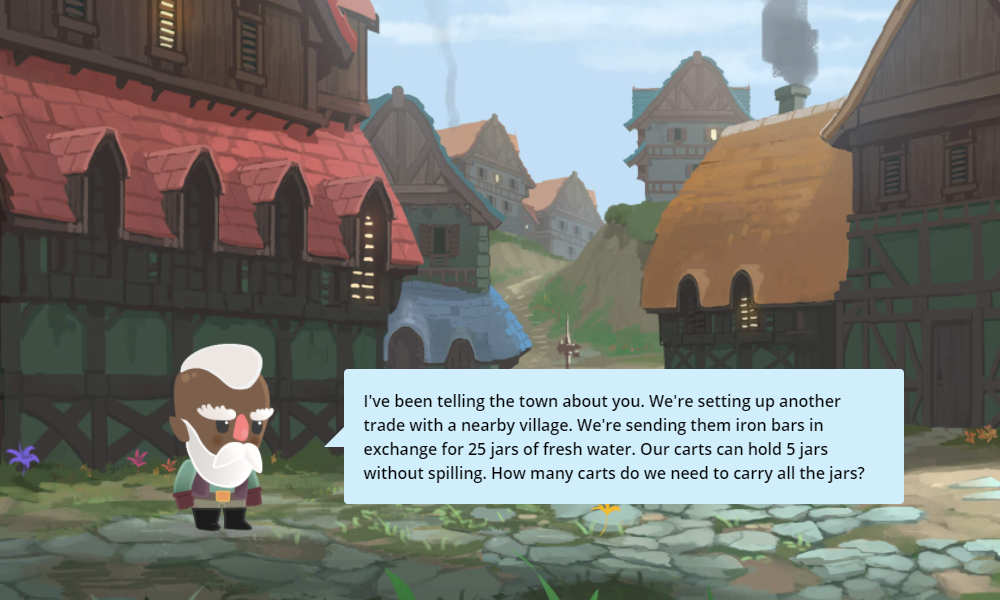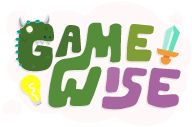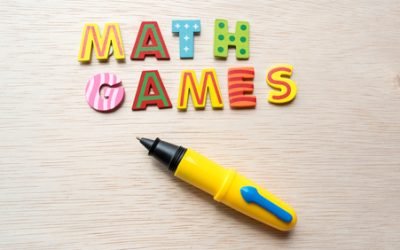
It’s pretty common for a math word problem worksheet to get pretty boring pretty fast.
Consider this question from a typical word problems worksheet:
Harry has 4 bags. Each bag has 3 balls in it. How many balls did Harry have all together?
The problem is, unless you’re a football coach or a fertility specialist, nobody cares about counting balls in bags! And who is Harry anyway?
Jokes aside, word problems are part of the common core for 3rd grade math, but all to often, they’re too abstract and detached for 3rd grade students to enjoy.
In this post I’m going to share some tips I found for making math word problems more engaging.
If you’ve got to teach a math lesson with task cards involving multiplication or division word problems – read on! you’re in the right place.
I’ve focused on making multiplication word problems for 3rd grade and 4th grade, but really these tips will be helpful for the design of any math worksheet or math activity.
Tip 1 – Use a Story/Theme
One of the easiest ways I’ve found to make word problems more interesting is to simply embed them within a more interesting narrative context.
If the math skills are embedded in a human context, it gives the problem much more immediacy and relevance.
I’ve been wanting to make a word problems section of Math Maze 2 for some time now, and one of the ideas I had was for the word problems to all be a part of the overall story world of the game. Ideally, each word problem wouldn’t exist in isolation, but would be a meaningful part of a larger story.
With this in mind, my first goal was to make a PowerPoint quiz with a stronger narrative focus and see how students and teachers found it.
Instead of random balls and boxes, I made each multiplication word problem fit within with the unifying theme of a fantasy village. Instead of solving totally disconnected math questions about balls and boxes, players get mini conversations with villagers who each need help with their specific set of challenges.
Like all my projects, this ended up blowing out and taking much longer than I thought it would to implement… Ideally, a more specific narrative could tie the lesson together and take it to the next level. I quickly found PowerPoint was not really designed for this kind of thing, and had to settle for a theme-based approach.
Tip 2 – Add graphics!
It’s a fairly small thing, but simply adding a character, background and speech bubble really makes the experience more engaging.
You can see here I’ve used the same characters and backgrounds multiple times, but it’s quite remarkable how much more engaging it is just with a background, clip art and speech buble.
I picked up the fantasy backgrounds from stock images, but there are also plenty of decent ones to be found for free on Pixabay.

Tip 3 – Make it challenging
A veteran math tutor (BravoMath) showed me how important it was to interleave math work in a way that forces students to think at every step. The key is to avoid a math lesson where mindless memorisation or rote multiplying procedures are rewarded:

“Especially bad are worksheets that say “Multiplication Word Problems” in which students just mindlessly skim the text for digits and then multiply. They never have to read it and recognize that there are -or are not- equal groups embedded in the story.”
– BravoMath, 2021
This really got me thinking and has changed the way I think about math instruction as a whole. I really like the emphasis on engaging students with a challenging problem, and designing the learning sequence in a way that encourages engagement instead of falling back on memorised formulas.
This was a tension I felt myself in high school where the temptation was simply to memorise a formula rather than understand why the formula worked in the first place.
BravoMath also shared some practical advice which is super helpful for transforming boring word problems.
“…make sure you mix up the knowns and unknowns. Traditionally, worksheets and textbooks have entire sections and sequences called “Multiplication”. Students then stop thinking because they know they have to multiply. The next section is called “Division” which instantly shuts off student brains because students know they just have to divide. We know from studies on interleaving that this is likely the worst possible sequence of content.
– BravoMath, 2021
The secret is to mix up the task so that students are always kept on their toes, and always forced to engage with the terms of this particular question.
…mix [questions] up like this, so students become fluent in being given any two of the following and finding the third:
• the number of sets
• the number of objects per set
• the total number of objects
e.g. 12 pencils per box, 3 boxes. How many pencils?
e.g. 12 pencils, 3 boxes. How many pencils per box?
e.g. 12 pencils, 3 pencils per box. How many boxes get pencils?
– BravoMath, 2021

I found this piece of advice to be incredibly helpful, and I could instantly see the difference it made to the word problems I was making.
Making word problems more challenging in this way took a bit of extra thinking and writing work, but ultimately I think it was well worth it. Mixing up the knowns and unknowns like this forces the player to constantly re-examine the numbers and their relationships to each other – no more mindless multiplication!
Tip 3 – Make it relevant
With BravoMath’s pedagogical advice and my theming idea combined, I set about creating some characters multiplication problem scenarios to go with each one.
I tried to make sure the characters were asking the player a multiplication or division problem that would believable.
Ok, Ok, these villagers do sometimes seem to have the mental math skill of a 2nd grade student, but it’s nice to feel needed right? ;P
You can see how mixing the multiplication equation like this transforms these simple multiplication word problems into something much more challenging and believable.
Overall, I’m pretty happy with how these PowerPoint quizzes turned out! I think they are pretty unique and pack quite punch in terms of bang for buck.
I would have liked to have a stronger story and a reward system baked in, but in the end I decided that would be best achieved in Math Maze 2, and that I should stop trying to make PowerPoint do things it wasn’t designed to do ;P
They are one of the simplest products I’ve made so far, but I think they are going to be useful task card products in terms of usability and feedback (students are sent forward on a correct answer and backward on an incorrect answer) and that’s becoming increasingly important during these days of mixed/distance learning!
And safe to say, they’re much more interesting than the typical word problem worksheet! You can get an individual times table PowerPoint (and Google Slides) or get the lot in a bundle here.
So there you have it, some simple tips to make your next set of word problems more engaging for your 3rd grade students!
-Thanks for reading!
For Discussion:
Do you have any tips for making word problems more engaging?





I enjoyed this. You’ve come up with a great way to make maths fun. Who doesn’t love a good story, especially if you get to be the hero and save the kingdom?
Thanks Alice! Yea hopefully a bit more engaging than traditional worksheets! :)